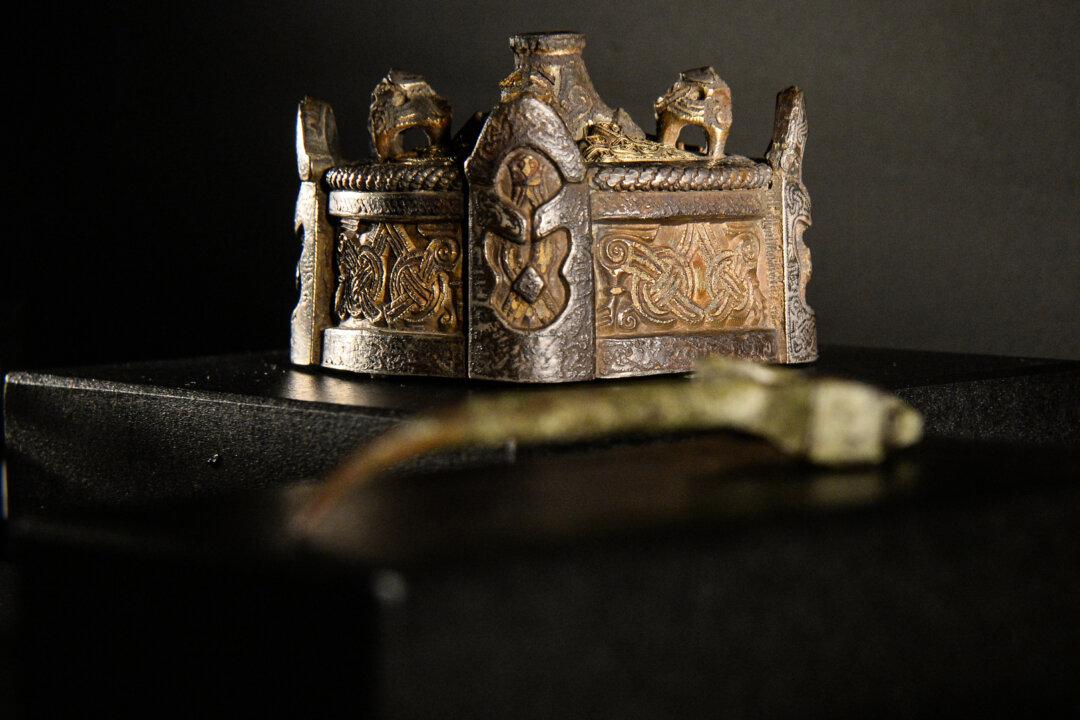Leif Ericson and the Vikings have returned to America, a millennium after their island-hopping sea voyage from Norway and Iceland, to Greenland and then Vinland in North America, establishing colonies along the way.
Although the famed Viking seafarer Leif, son of Eric the Red, and his small clan stayed in L'anse aux Meadows, Newfoundland, Canada for seven years, they left quite an impression elsewhere. Not necessarily with the indigenous people—who thought they had been poisoned when fed cow’s milk on lactose-sensitive stomachs—but with Western civilization.
The Vikings, spanning the three chief Scandinavian countries—Norway, Denmark, Sweden—ventured out and setup trade routes (Poland, Russia, Mediterranean Sea), protected kingdoms (France, Istanbul), and founded cities (York, Dublin, Kiev) over a spectacular 300-year period, from 793 to 1095 CE.
What Discovery’s “Vikings“ exhibition does extremely well is systematically break down the raiding, looting, and horned-helmet stereotypes that have been branded far too long in the modern psyche. As the tour guide said, regarding the horns, ”You can blame composer Richard Wagner’s ‘Ring Cycle’ for that myth.” To this day, archeologists have found not a single piece of evidence showing horns or wings mounted on a Viking helmet.







